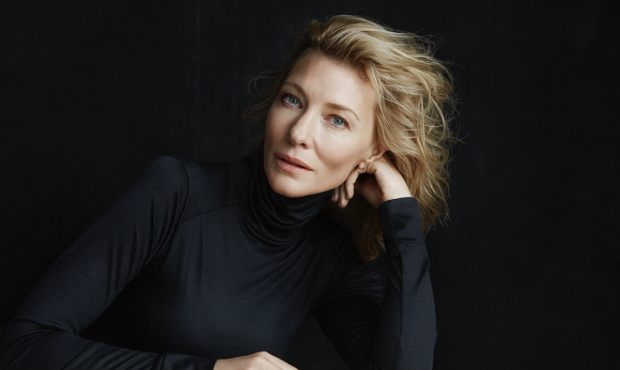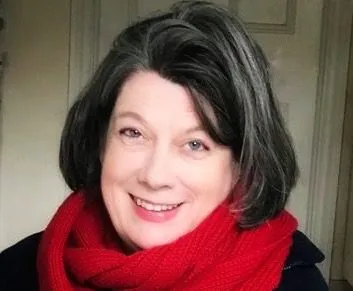Cate Blanchett will bring more people to an interesting project and that's no bad thing
As the Australian actress is confirmed to appear at the National Theatre, Sarah Crompton reflects on when celebrity casting works

© Steven Chee
Sometimes an email pings into my inbox that makes me punch the ceiling. Yesterday's announcement that Cate Blanchett and Stephen Dillane will star next January at the National Theatre in a Martin Crimp adaptation of Samuel Richardson's novel Pamela, directed by Katie Mitchell, was a case in point.
I love everything about that sentence. I recently reread Pamela, an 18th century epistolary novel of profound oddity, in which a vulnerable 15 year-old girl's virtue is apparently rewarded by being taken in marriage by her so-called seducer, who spends the first part of the narrative trying to rape her multiple times. What Martin Crimp will make of it in his new play entitled When We Have Sufficiently Tortured Each Other: Twelve Variations on Samuel Richardson's Pamela, I am utterly fascinated to see.
What I do know is that his "modern provocation" will be challenging and interesting. The idea that it will be directed by Mitchell, so intellectually rigorous and so passionately committed to the telling of women's stories, is thrilling. And the casting is just the icing on the cake – the type that gives celebrity casting a good name.
Cate Blanchett's appearance will encourage into the theatre, people who love her and who want to see a movie star on stage
Dillane is a fascinating choice, whose work cumulatively has a richness that few can rival. He has worked regularly with Mitchell to devastating effect in plays such as Endgame and Uncle Vanya. Since the earliest days of his career, I have watched his range broaden and deepen. His performance in the title role of Brian Friel's Faith Healer will live with me forever; he brought absolute stillness and quietness to the part, forging it in a new and different light.
But it's Blanchett who catches the headlines and the front pages. Because of her commitment to her native Australia, she's an actress that we don't see enough of over here, except on screen. Yet every time she sets foot on a stage she brings the electric shock not only of her fame but of her intelligence. She was riveting in Plenty and saved Botho Strauss' Gross und Klein. I wish I had seen her as Hedda Gabler, and as Blanche in A Streetcar Named Desire, but now I get a chance to watch her forge something entirely new.
Not everyone will like what they see but that won't matter
What's exciting about her participation is that it will encourage into the theatre people who love her and who want to see a movie star on stage. Celebrity casting gets a bad name (I've been one of those people giving it a bad name) but when it couples a terrific actor with an interesting project it is an entirely good thing. There's no doubt that many young people saw Shakespeare's Hamlet because it has been variously performed by David Tennant (at the height of his Doctor Who fame) and Benedict Cumberbatch and Andrew Scott, riding the wave of Sherlock hysteria.
They make theatre a thing worth seeing; they may even make some people fall in love with it, and understand that the experience of a live event, where things happen in front of your eyes, has a sense of community and communication that no screen can ever capture.
The first time I saw anything Mitchell had directed was Rutherford and Son by Githa Sowerby at the National Theatre in 1994. It was a revelation, with a clarity and precision and a kind of contained fury that I have never forgotten. This is the sixth time she has worked with Crimp and their collaborations always have a passion that I find invigorating. The idea that people who haven't discovered them yet, will discover these contemporary greats because Cate Blanchett headlines the cast is a brilliant coup for the National. Not everyone will like what they see but that won't matter. It's the fact that it's there that does.


















